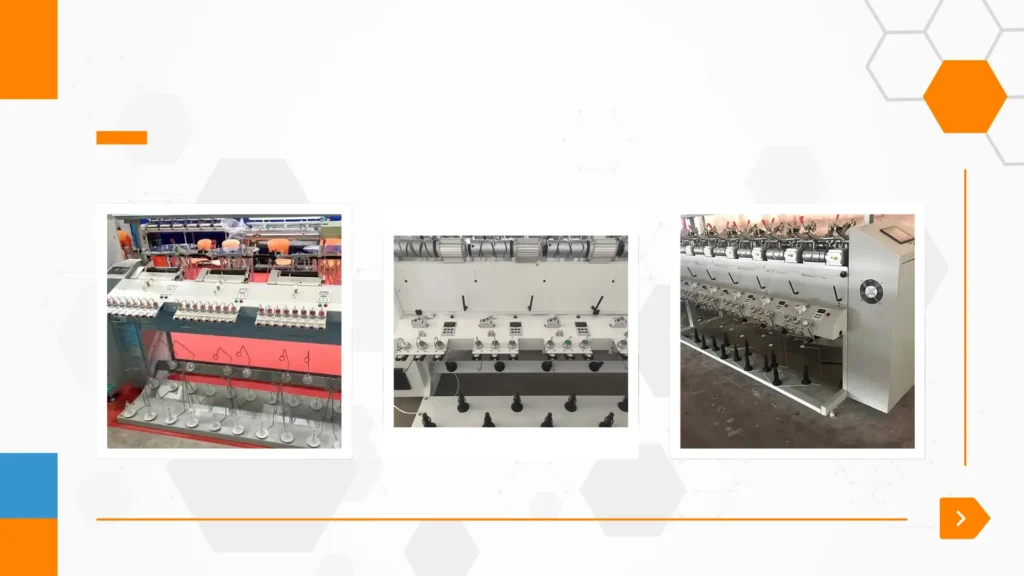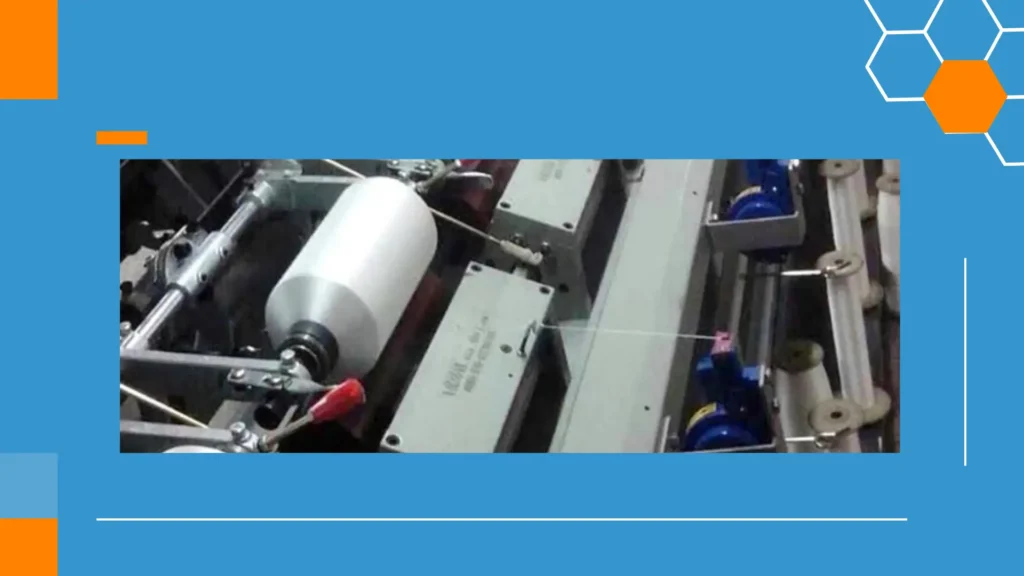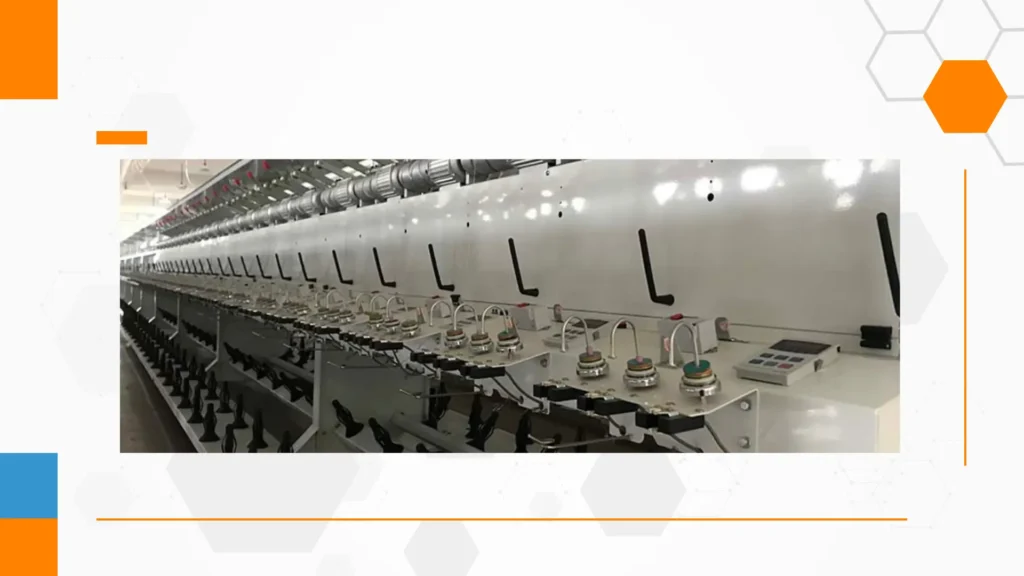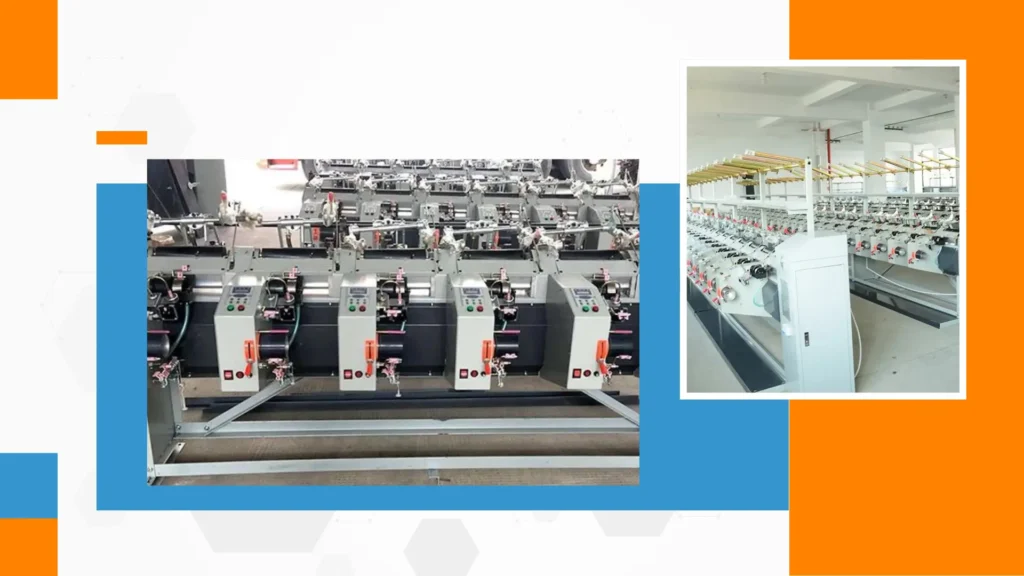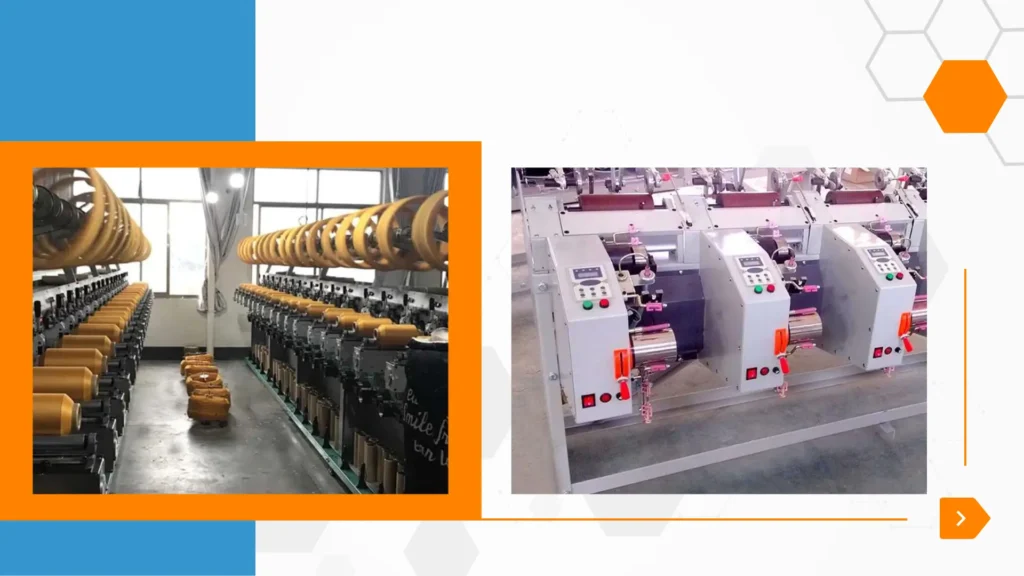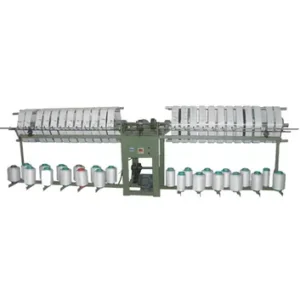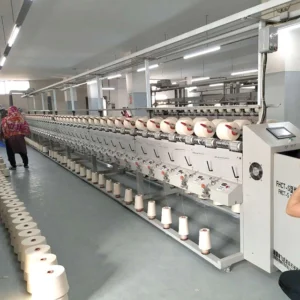Sourcing a CNC winding machine is one of the most important milestones toward increasing the production capability of any given manufacturer.
The ability to appreciate such common pitfalls shall enable you to make an informed decision, one that will work in favor of your production needs.
We discuss below six of the major mistakes made during the sourcing process and provide information that will make you knowledgeable in offering practical solutions.
This way, you can be confident in making the proper choice for the right CNC winding machine to serve your business effectively for years to come.
Not Defining Your Requirements Clearly
Not Clearly Defining Requirements
Perhaps one of the biggest mistakes any manufacturer makes is not clearly defining the requirements before the actual sourcing process kicks in.
As a matter of fact, lack of clarity might result in a number of problems that could affect your production capabilities:
Overlooking Specific Needs
Where there is misunderstanding or failure to take into consideration certain needs, it means that an improper purchase of a machine unsuitable for your applications may have been made.
For example, you may find yourself in need of a machine capable of doing high-temperature winding, or some other material, which was not conveyed across as part of your requirement.
This will lead to delays during production or more costly productions.
Not Considering Future Growth
One must consider not only the present volume of production they are working with but also any future growth.
As such, while a machine may be just right for your present needs, it may soon be outgrown once business picks up.
For instance, if your production requirements balloon upward, you will find yourself buying another machine within a far shorter time than you expected, and that is just unnecessary costs.
Failure to Consider Materials to Be Wound
Several materials would call for a specialized winding technique.
If you do not put into consideration the type of materials you will handle, you may end up purchasing a machine that does not have the features to handle such materials appropriately.
This may translate into low quality products and wastes.
Solution
Document your production requirements in as much detail as possible, to avoid such pitfalls.
Provide a sketch of materials you’ll be using, how much volume you believe you’ll produce, and what features and capabilities you want.
This clarity will walk you through the sourcing process because you will know what to ask from potential suppliers and enable you to make a well-informed decision that meets your operational needs.
Product Recommend:
Underestimating Total Cost of Ownership
One of the most frequent sourcing mistakes in CNC winding machines is the underestimation of TCO, where buyers more often than not tend to be blinded by the price of the initial purchase, leaving them in shock later on:
Initial Cost vs. Long-Term Costs
While the initial machine cost may be a crucial factor in acquisition, it is important to ascertain what the long-term costs of ownership would entail.
This would involve maintenance, training, and operational overhead.
What apparently seems to be a cheap machine at the initial stage may turn out to be quite expensive to maintain or repair later in life, thus blotting out any savings accomplished upon making the purchase.
Hidden Costs
Other than maintenance, many more hidden costs might just dent a big hole in your budget.
Energy consumption, for example, may differ significantly from one machine type to another.
A machine using more energy than expected can gobble up the apparently high margins of profit in no time.
Then there is the intake of energy, which can also cause downtime due to the failure or inefficiency of a machine that results in lost production time and revenue earned.
Solution
A smarter way to steer clear of this mistake is by calculating the overall cost of ownership, considering all the costs involved throughout the lifetime of the machine.
Add in maintenance, operating costs, likely costs associated with failure and downtime, energy usage.
By adopting an integrated approach towards budgeting, you will be better placed to make a prudent choice about your investment to ensure that it serves your economic goals.
Also Read:
- Top 10 Single Spindle Winding Machine Manufacturers in China
- Top 10 Textile Machinery Manufacturers in China
- Top 10 Yarn color card machine manufacturers in China
Ignoring Supplier Reputation
Selection of a supplier is at least as important as the selection of the machine itself, but many purchasers have made the expensive mistake of making a decision based on price alone and giving short shrift to supplier reputation:
Selection Based Only on Price
This might be highly attractive; however, it ultimately brings along a trail of quality and after-sales service issues.
A low-priced machine may not reliably work or fail to meet your standards of production, thereby compelling you to add extra cost for repairs or replacement.
Lack of Reviews and References
Neglecting to check the reputation of the supplier may render better service and support down the line.
Quite often, a good supplier will provide insightful support and service that may save your time and money in the long run.
If you choose a supplier that is unproven, you may be frustrated in solving problems that arise after the sale.
Solution
Spend some time finding out about potential suppliers. Look out for reviews, testimonials, and case studies that outline their track record and customer satisfaction.
Share with other businesses which have sourced machines with the supplier regarding follow-through, reliability, and quality.
Informed, you will be in a position to select a supplier whose goods can meet your needs.
Failing to Test the Machine
Not testing a CNC winding machine before buying-a highly critical mistake, which can further generate operational inefficiencies and dissatisfaction :
Lack of Testing
Some buyers forego the trial runs before purchasing. This might result in buying the wrong machine for your application.
A machine that, on paper, seems to fit your requirements may prove to be a poor performer when put into actual practice.
This leads to frustration and involves additional costs.
Not Checking the Performance
It is vital to check how the machine performs to be able to serve your needs in production.
Aspects such as speed, precision, ease of operation should be fully tested.
And if these do not come up as expected, it would always result in one or another hitch in your entire production line.
Usability
This is another important factor of the machine.
The more complicated the machine is to operate, the more time it takes to train and the chances of errors in production, which would eventually affect your overall efficiency.
Solution
Ask for a trial run or a demo of the machine before closing the deal.
You will have the opportunity for hands-on experience, to see if the machine will suit your operation needs, if it will perfectly fit in your setting for production, and if your team finds it easy to work with.
It can save you from potential expensive mistakes and ensure that you will invest in something worthwhile.
Neglecting Training and Support
Training and continuing support are the last things many manufacturers consider when sourcing CNC winding machines; this is when operational challenges arise:
Assuming Ease in Operation
Clients may underestimate or assume that CNC winding machines operate easily on their own without training.
This assumption causes operational errors, inefficiencies, and even accidents if workers are not trained on the full capability and safety features of the machine.
Lack of Ongoing Support
Without considering after-sales support, you may end up in the lurch if issues do arise.
Short of much-needed support from your supplier, you face a longer period of downtime, which may be costly and affect your production schedules.
Not Investing in the Development of Skills
Training, in fact, is a continuous process for achieving perfection at work and reduction of operational hazards.
Investing in the skill development of your team ensures that they work the machine effectively, troubleshoot issues, and stay productive.
Solution
Make sure your supplier constantly provides comprehensive training and support.
Believe me, this investment in knowledge will surely bring efficiency and confidence to your team to operate the machines.
More frequent training sessions and technical support might improve the production results and minimize costly mistakes.
Overlooking Safety Features
Safety is, of course, the primary priority when purchasing a CNC winding machine; however, it is commonly ignored by most buyers in the following manners:
Compromising on Safety Features
Inability to consider the aspect of safety features leads to accidents and injuries at your workplace.
A machine that lacks proper safety mechanisms put at risk your employees, thus injuring them and exposing you to legal liabilities.
Not Checking for Compliance
It is equally important to check if the machine is according to the required safety standards by your industry.
If not, this might lead to lawsuits, increased insurance rates, and a question to your company’s prestige.
Ignoring Ergonomic Design
In a perspectives view, an ergonomically designed machine will go a mile in minimizing workplace injury.
An ergonomic machine enhances comfort for the employee and, thus can be translated to mean increased productivity and job satisfaction.
Solution
Ensure that the machine is safe to work with and that it meets necessary standards.
You can check for any documents and certifications about its safety features to know whether you should pursue or not.
Indeed, investment in safety brings security to your workforce and heightens your prestige in being a responsible employer of labor.
Conclusion
CNC winding machines are major investments where careful thought and deliberation should be made.
By following the rules for evasion of these six common mistakes, you can arrive at a better decision that precisely fits into your production goals and financial considerations.
Remember, define your needs clearly, establish the total costs related to ownership, research the suppliers well, test the machines before buying, invest time and money in training and support, and give importance to safety.
With these strategies, one would be improving the manufacturing capability at a time and guaranteeing a successful sourcing for improving the efficiency and profitability of the operations.
A right decision made now may lead your business to the path of success for many coming years.

